Controllable (also called modifiable) risk factors are ones that people can change by making different choices, such as being more physically active, or drinking less alcohol.
Whether or not you get cancer can feel like something out of your control, and so knowing that your behaviors make a difference can be encouraging and empowering, says lead author Farhad Islami, MD, PhD, senior scientific director of cancer disparity research at the American Cancer Society.
“An estimated 40 percent of all cancer cases and nearly one half of all cancer deaths in the U.S. are attributable to the evaluated modifiable risk factors. These findings reinforce that cancer and early death from cancer can be substantially reduced through prevention,” says Dr. Islami.
Smoking, Overweight and Obesity, and Drinking Alcohol Top Risk Factors
To estimate the proportion and number of cancer cases and deaths caused by factors within our control, researchers looked at 18 different risk factors for 30 different cancer types gathered from published large-scale pooled data or meta-analyses.
Smoking was by far the leading controllable risk factor and contributed to close to 20 percent of cancer cases and 30 percent of cancer deaths.
The other causes of cancer that were the most preventable:
- Excess body weight was a risk factor in 7.6 percent of cases and was more highly associated with endometrial, gallbladder, esophagus, liver and kidney cancer.
- Alcohol consumption was linked to 5.4 percent of cases. Female breast cancer had the highest number of attributable cases, followed by colorectal cancer in both men and women.
- Ultraviolet radiation caused 4.6 percent of cases (skin melanoma).
Physical inactivity, diet (high red meat intake, low intake of fruits or veggies, and a lack of fiber), and infections such as HPV were also among the leading controllable risk factors.
“Avoid alcohol and smoking, be physically active, and try to maintain a healthy weight, too,” is the advice Namrata Vijayvergia, MD, assistant chief of gastrointestinal medical oncology at the Fox Chase Cancer Center in Philadelphia, gives her patients. “Not exercising is the equivalent of smoking in the current age. Studies like this further substantiate our efforts to make small changes for cancer prevention.”
Preventable Risk Factors Linked to More Than 250,000 U.S. Cancer Deaths
Lifestyle factors were linked to more than 700,000 new cancer cases and more than 262,000 deaths.
Cancer types with the highest number of cases attributable to potentially modifiable risk factors included:
Cancer types that caused the highest number of deaths attributable to the controllable risk factors included:
- Lung cancer with 122,740 deaths
- Colorectal cancer, with 25,800 deaths
- Liver cancer, with 14,720 deaths
- Esophageal cancer, with 13,600 deaths
Overall, the nationally representative study was well conducted and is similar to a study published in 2017 by the authors on controllable risk factors, says Milana Dolezal, MD, oncologist at Stanford Medicine Cancer Center in Emeryville, California, and clinical associate professor at the Stanford School of Medicine.
Healthcare Disparities Contribute to the Risk of Preventable Cancer Deaths
In addition to the studied controllable factors, there are other elements that can increase risk, including increased age and a family history or genetic predisposition, differences associated with race and ethnicity, social determinants of health, access to care, and healthcare disparities, says Dr. Dolezal.
Getting Vaccinated at the Right Time Can Help Prevent Certain Cancers
“Effective vaccines are available for the hepatitis B virus that causes liver cancer and HPV, which can cause several cancer types, including cervical, other anogenital, and oropharyngeal cancers,” said Dr. Jemal.
Getting vaccinated at the recommended time can substantially reduce the risk of chronic infection, and consequently, cancers associated with these viruses, he added.
“Get the HPV vaccine if eligible and encourage teen–young adult vaccine prevention, as the HPV virus causes cervical and anal cancer,” says Dolezal.
If you are of Asian descent (the Asian population has a significantly higher rate of hepatitis) or have other risk factors, Dolezal recommends getting Hepatitis B and C testing.
Cancer Risk Caused by Smoking Could Be Slashed by Quitting
Despite considerable declines in smoking prevalence during the past few decades, the number of lung cancer deaths attributable to cigarette smoking in the United States is alarming, says Islami.
If you smoke, stop, and seek help with cessation programs, says Dr. Dolezal.
Former and current smokers are also followed in “lung nodule clinics,” she says.
Screening and surveillance have lowered the number of people dying from lung cancer, but smoking cessation still has the greatest impact, says Dolezal.
But not all lung cancers are caused by smoking, and we are seeing a disturbing increase in female lung cancer rates, she adds.
Healthy Lifestyles Can Lower Cancer Risk
Interventions to help maintain healthy body weight and diet can also substantially reduce the number of cancer cases and deaths in the country, especially given the increasing incidence of several cancer types associated with excess body weight, particularly in younger people, says Islami.
For people with a higher than average BMI, Dolezal recommends maintaining a heart healthy diet and exercise, which will not only decrease cancer risks, but also cardiac risks.
Finally, if you must drink alcohol, practice moderation, she says.
“That means no more than one drink at a sitting and no more than three in a week,” says Dolezal. But experts note that there is no safe amount of alcohol in any amount.

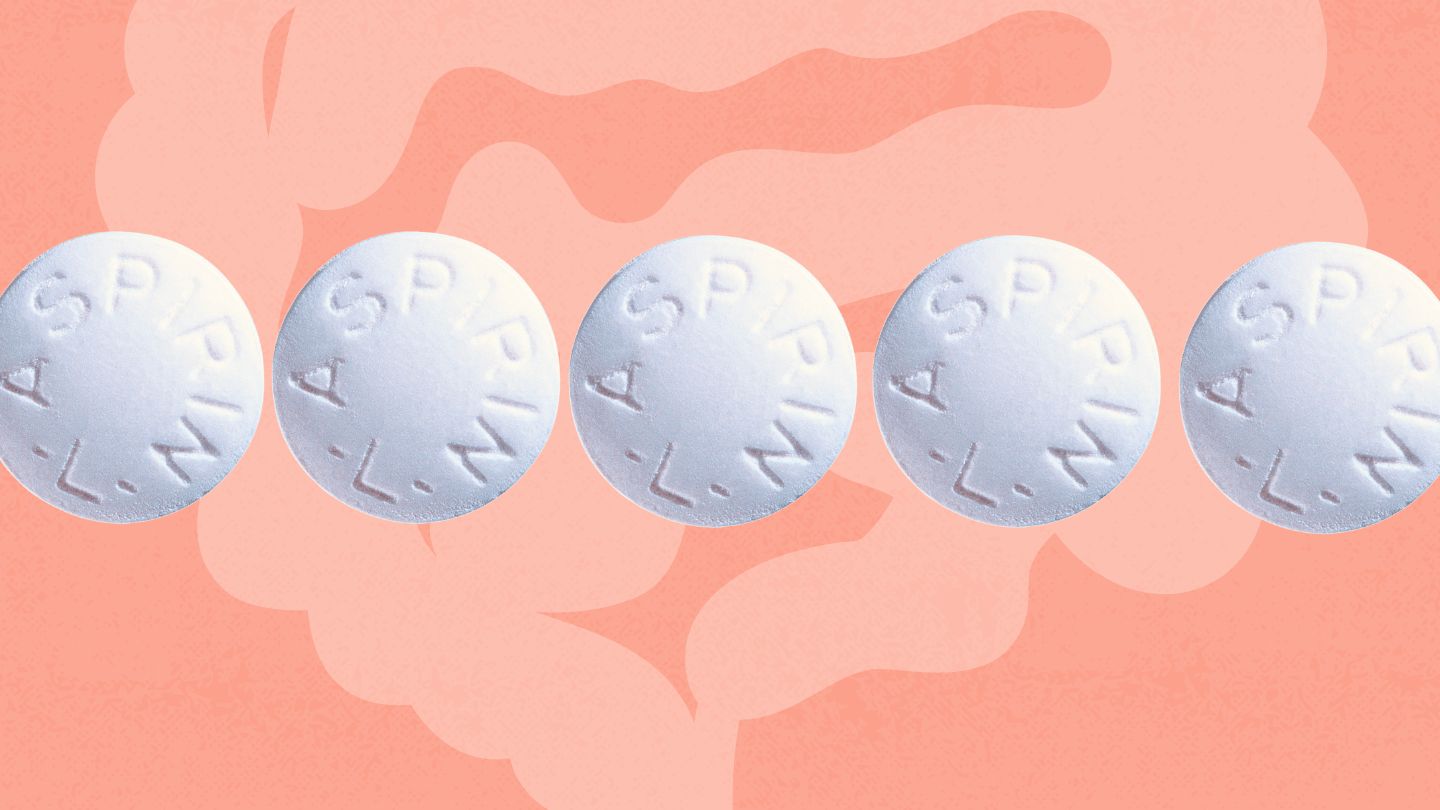
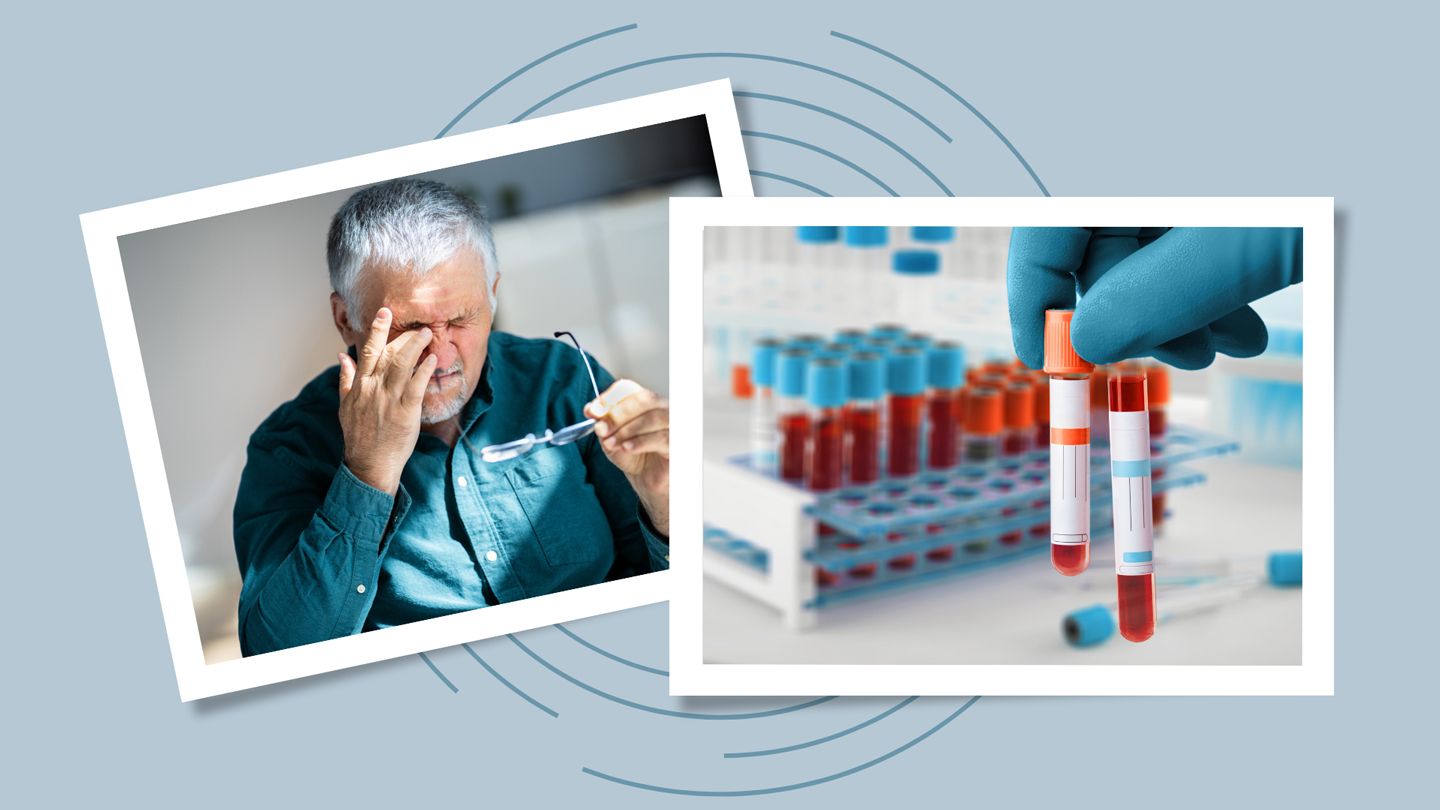
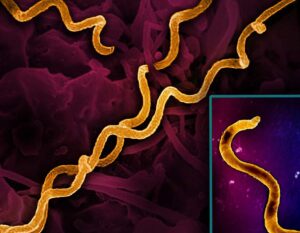
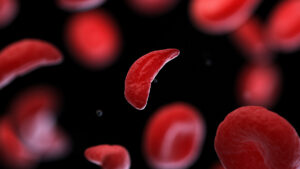

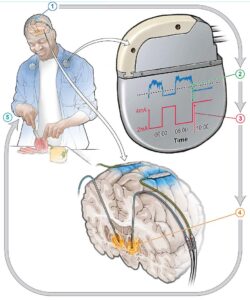
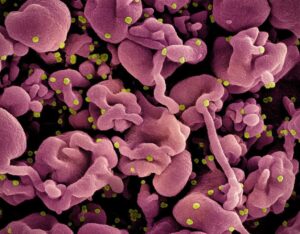



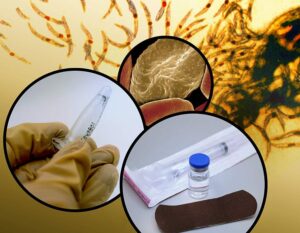
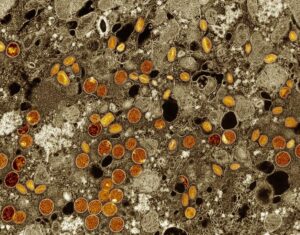
Post Comment